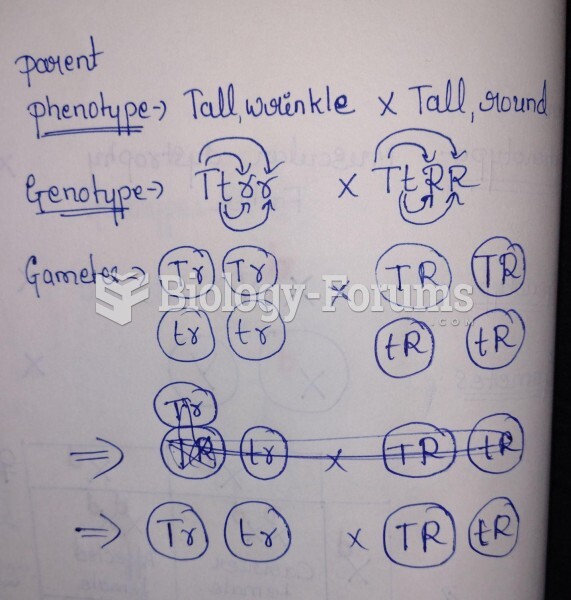After reading the paragraph below, answer the questions that follow.
A leading motivation for scientists to bioengineer human organs for transplant is the trend in the percentage of patients on the organ transplant waiting list who receive a transplant (that is, [Number receiving transplant/Number on the wait list] × 100), as shown in this graph. Furthermore, although ethnic groups generally donate in proportion to their group's representation in the U.S. population, the need for particular organs in some groups is much higher than in others. For example, chronic kidney disease is three times more common in African Americans, Asians and Pacific Islanders, and Hispanics/Latinos as compared to Caucasians. Although organ compatibility is based on blood type and tissue markers, and not ethnicity, a compatible match is more likely between people of the same ethnic group (that is, with greater genetic similarity). Thus, bioengineering of human organs can also potentially solve the problem of decreased access to organ transplants among diverse groups of people.

Change in percent of organ transplant waiting list who receive a transplant
Bioengineered organs can potentially reduce the risk of transplants being rejected by a patient's immune system. What is the best design for a study that examines transplant rejection of bioengineered organs in different ethnic groups?
◦ Compare the frequency of transplant rejection of different organs within one ethnic group of people.
◦ Compare the frequency of transplant rejection of one organ among different ethnic groups of people.
◦ Compare the frequency of transplant rejection of one organ for one ethnic group to the frequency of rejection of a different organ for a different ethnic group.
◦ Compare the frequency of transplant rejection of one organ within one ethnic group of people.







